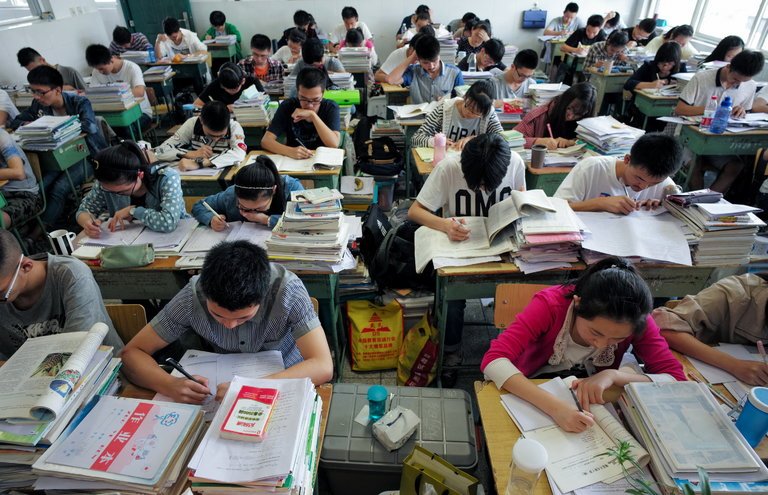Will China’s education reforms go far enough?

Once every five years the Communist Party of China holds its National Congress in the Great Hall of the People, Beijing. The news in China since 18 October has been dominated by this event. What was once a closed meeting is now an event that attracts the world press in larger numbers than ever before.
According to the General Secretary of the Communist Party of China and President of the People’s Republic of China, Xi Jinping, China is planning to deliver a moderately prosperous socialist state with Chinese characteristics to the world by 2020.
Thereafter, China wants to develop a society that innovates and one that will take its rightful place in the global arena and be both influential and rejuvenated. Hot on the heels of the release of information about the Double World-Class Project, the Communist Party National Congress leaders spoke of a new era for education in China. Apart from investing in the Double World-Class Project, educational reform will touch on all other sectors of education.
These reforms will be introduced over a three-year period, according to the Minister of Education, Chen Baosheng.
He also predicted a rise in participation rates at different levels of education, with primary education participation rates going up to 85% and senior high school participation to 90%. Each year, due to the relaxation of the one-child policy, China faces an additional three million children who join primary education. This will require significant increases in teachers to join the workforce.
The present imbalance in educational development between rural and urban areas is an area of concern and will be addressed by the government’s reform process, according to Chen Baosheng.
Automation and innovation
Another force that is conspiring to put significant pressure on universities is the extremely rapid uptake of automation.
In urban areas, the most common form of paying at shops, on transportation and in the service industry consists of a quick scan of a smartphone screen that is linked to a bank account. Bike ownership is rapidly being taken over by bike rental, with people unlocking and paying for the bike with a smartphone.
In rural areas, farmers sell their excess produce (like a few kilograms of tea leaves) via a local shop that provides an online distribution channel and works in tandem with China Post to physically move the goods. The farmer is able to sell China-wide.
In about 25 years, the global manufacturing contribution of China has risen from 3% in 1990 to about 25% today. About 80% of all air conditioners in the world are made in China, followed by 70% of all the world’s mobile phones and 60% of the shoes we wear around the globe. The most popular drones and camera stabilisers (both precision products) are made in China.
Increasingly, however, job polarisation is taking hold of the manufacturing industry in China, as elsewhere. Industry is using robots to reduce labour costs and enhance quality. The use of robots in manufacturing, for instance, is growing in part due to labour shortages and in part to ensure China remains competitive in the world. Examples include the fact that smartphones in the Pearl River Delta in South China are now assembled by robots.
High value-adding processes are increasingly being automated.
All this means China needs to significantly invest and reform its education system so that it can deliver graduates with the knowledge, skills, attitudes, values and ethics to rival the best in the world. The big question is whether the reforms go far enough to beat the global competition.
Lifelong learners who are agile, creative problem-solvers with interdisciplinary perspectives on problems are not created at a university. They arrive on the university doorstep and help to elevate it to world-class status, having gained the necessary characteristics in a reformed pre-tertiary education.
In terms of basic resources, China has plenty: three million new students enter the schooling system every year. It will be up to its education reforms to create the proposed more than 40 world-class universities by 2049 and an entrepreneurial and innovative socialist society with Chinese characteristics.
Source: University World News